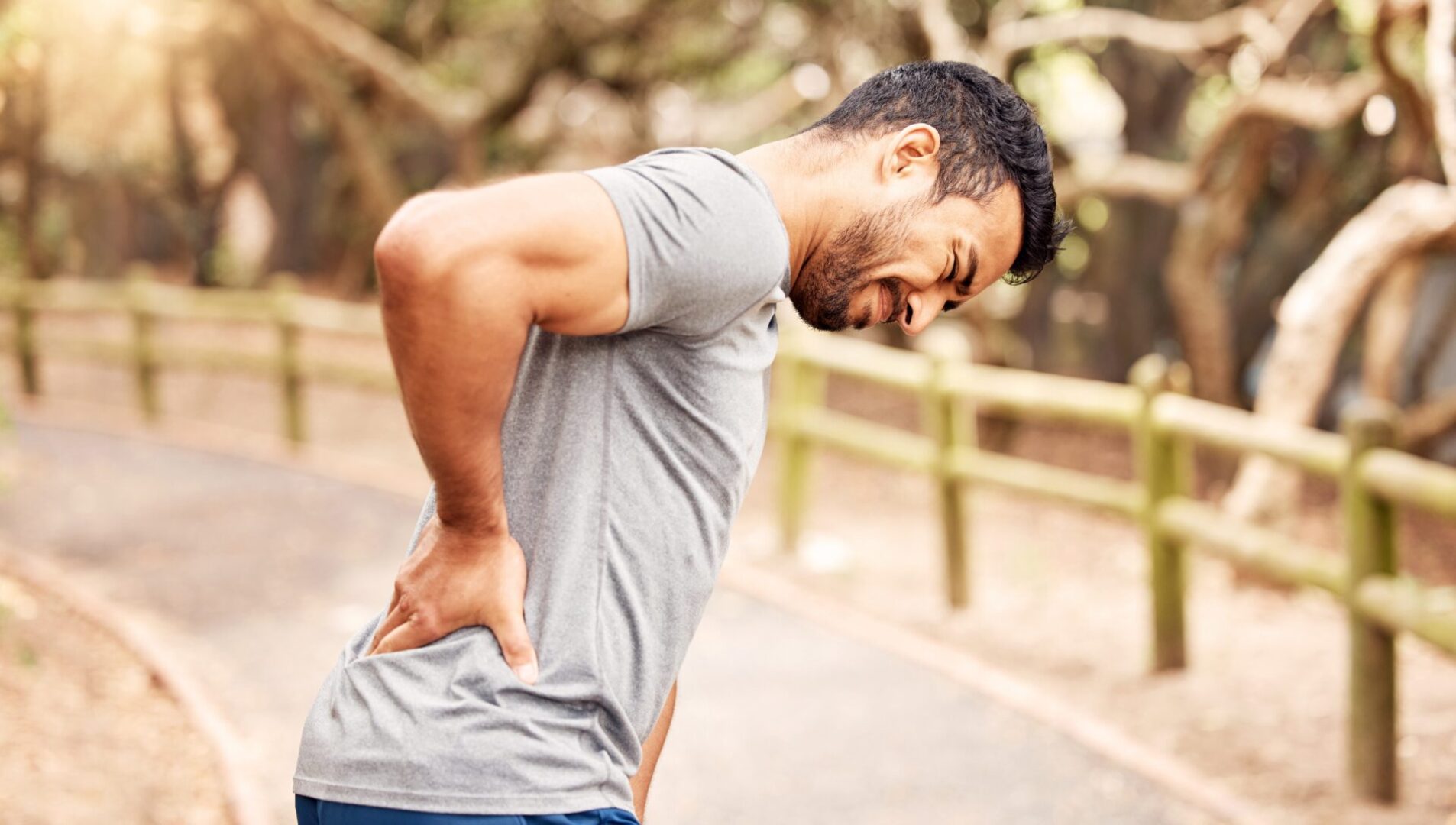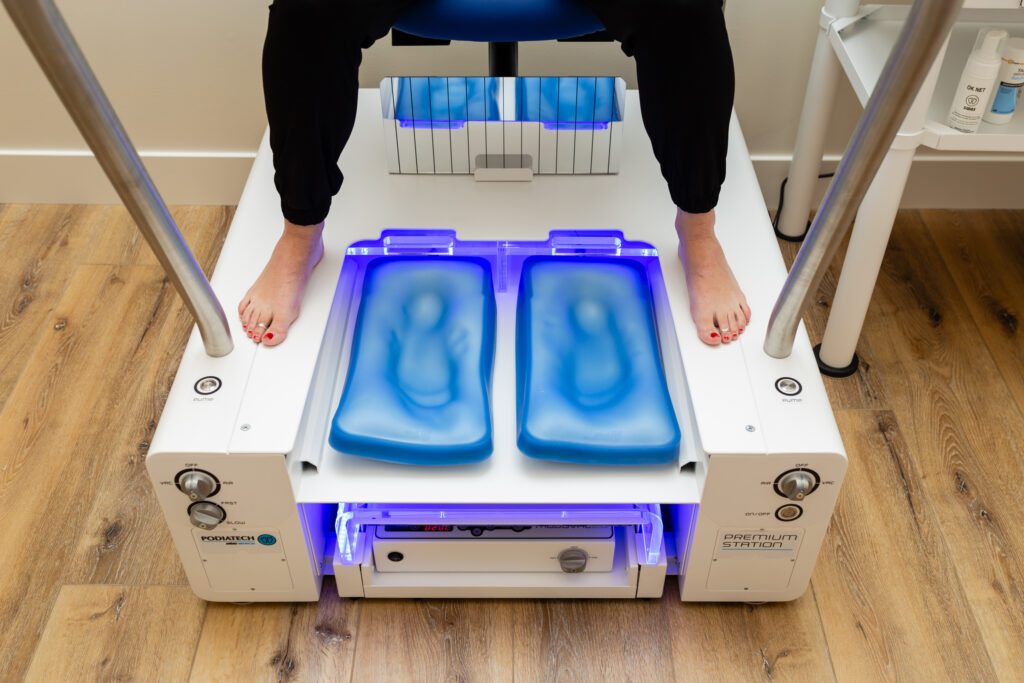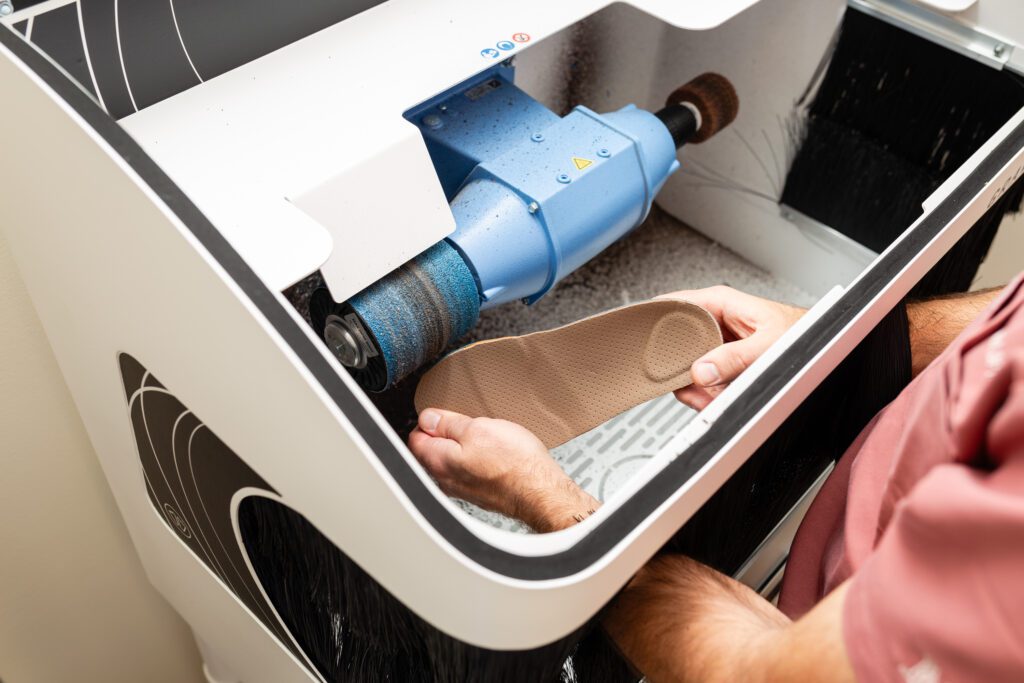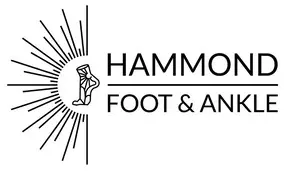
You might be wondering, “Did I read that correctly?” Yes, you did! If you're dealing with
chronic low back pain, wearing custom orthotics (special insoles made for your shoes)
for just eight weeks could reduce your pain and the amount of pain medication you
need. Let’s dive into the details of a study that shows how effective this can be.
In a study conducted in Alberta, Canada, 60 people with low back pain from work-
related injuries were divided into two groups. One group received standard treatment,
which included physical therapy and prescription pain medicine. The other group
received the same physical therapy and pain medication, but they also wore custom
foot orthotics, specifically designed for their feet.
After eight weeks, both groups showed improvement. However, the group wearing the
custom orthotics had significantly better results. They experienced less pain and were
able to do more of their daily activities. Additionally, the orthotics group used fewer pain
medications compared to the group that didn’t wear orthotics. This is a pretty cool result!
This study suggests that if you're dealing with chronic low back pain, especially after a
work injury, adding custom foot orthotics to your treatment plan could help you recover
faster. While exercise and pain medicine are essential for healing, these custom shoe
inserts can play an important role in improving your overall comfort and mobility.
At Hammond Foot and Ankle, we offer custom orthotics that can be made in just 15
minutes. If your back pain is limiting your ability to do the things you enjoy, don’t wait
any longer. Visit us at Hammond Foot and Ankle, and let’s work together to find the best
solution to get you back on your feet!
Source: Ferrari R. Effect of customized foot orthotics in addition to usual care for the management of
chronic low back pain following work-related low back injury. J Manipulative Physiol Ther. 2013 Jul-
Aug;36(6):359-63. doi: 10.1016/j.jmpt.2013.06.002. Epub 2013 Jul 3.


